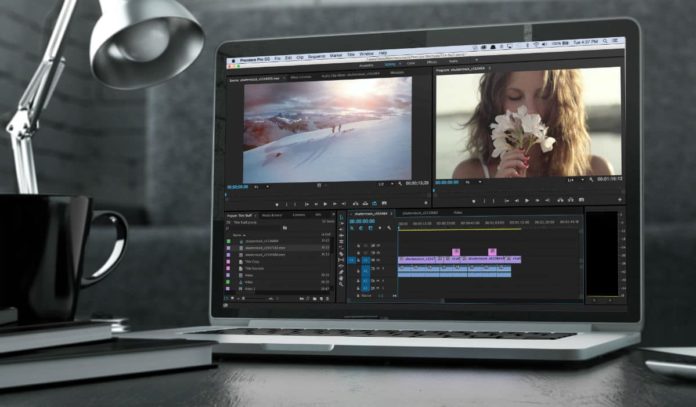
How To Improve Video Quality
Videos are one of the best ways to deliver content over the internet.
They can be rich with information, entertainment, and everything one can think of. To give some perspective as to how large the databases of online videos are, over three-hundred hours of videos are uploaded to the video-sharing website YouTube every minute. This platform easily makes videos the most popular form of content online. That said, we can’t forget the importance of video quality. Quality is the foundation on which a video is made successfully. Also, quality can affect a video in both technical and non-technical ways. This can make it hard for a video editor to even notice a loss of quality in a video.
Understanding these factors can not only help reduce the loss of quality in a video but, it can also help increase the quality of the content itself. With all of this in mind, here are seven technical and non-technical quality factors to look out for.
#7: Video Frame Rate
On the technical side of what makes up a video; a video is broken up into frames. These are images that, when played consecutively, are transformed into a motion picture. When one of these frames are corrupted or put out of place, it can damage the entire quality of a video. Even the smallest of frame damage can be noticeable. That said, a good way to avoid frame rate loss is to make sure your video processing source is running on a reliable system. Doing so reduces any slowing down or overheating of the video source which contributes to frame rate loss.
#6: Irrelevant Content
On the non-technical side of things, using irrelevant content in your video can be one of the most damaging factors in terms of quality. While this doesn’t directly impact the core of the video itself, what it does impact is the reputation of the video. Reputation is everything, especially in today’s information age. Given the amount of content that is pushed out daily, pushing out irrelevant content can hurt a video’s ability to be shared and viewed. To get around this issue, make content that is related to what the watcher is searching for online.
#5: Video Bit Depth
Mostly known as color depth, video bit depth is one of the most obvious factors that show a video’s quality has been damaged. In a nutshell, a video’s bit depth is what makes up the color of the pixels that are in the frames. This issue usually comes up when the file size of the video can’t match the color information stored within the video. In simpler terms, this means that the higher the bit depth of a video is, the more color it needs to store. As the highest possible bit depth that your video accepts. This will allow for a larger range of precision with video frames.
#4: Copyright Infringements
Perhaps the most important non-technical factor that can impact video quality is copyright infringements. Copyright infringement is when a content source such as a video uses works that are protected under copyright law. This is another way of saying that a video is using someone else’s material. To avoid this issue, consider using royalty free music for videos or other similar free content sources.
#3: Video Bit Rate
Not to be confused with the video frame rate, the video bitrate is what makes up the material inside a frame. We can look at video bitrate as a more in-depth analysis of a video’s frame rate. Analyzed on a per-second time frame, the video bitrate will directly determine the size and quality of the video and its sound. For the most part, the higher the bitrate, the higher the quality of the video will be.
#2: Video Codec
When it comes to decompressing a video for uploading, an important factor to consider is the video codec. In non-technical jargon, a video codec is an internal software that allows a video to be reduced or increased in size. This is an important factor because any video that is compressed usually requires a small loss of quality to do so. That said, choose wisely when you want to reduce a video’s file size.
#1: Macroblock Processing Unit
Another factor to consider when it comes to compressing a video is the video’s macroblock. As opposed to the video codec, a macroblock is a processing unit that directly impacts the image of a video. There is not much to do on how to avoid quality loss with a macroblock. For that reason, the same advice for considering a macroblock can be applied when considering video codec. Choose wisely when determining when to compress a video. Don’t do it unless absolutely necessary.








